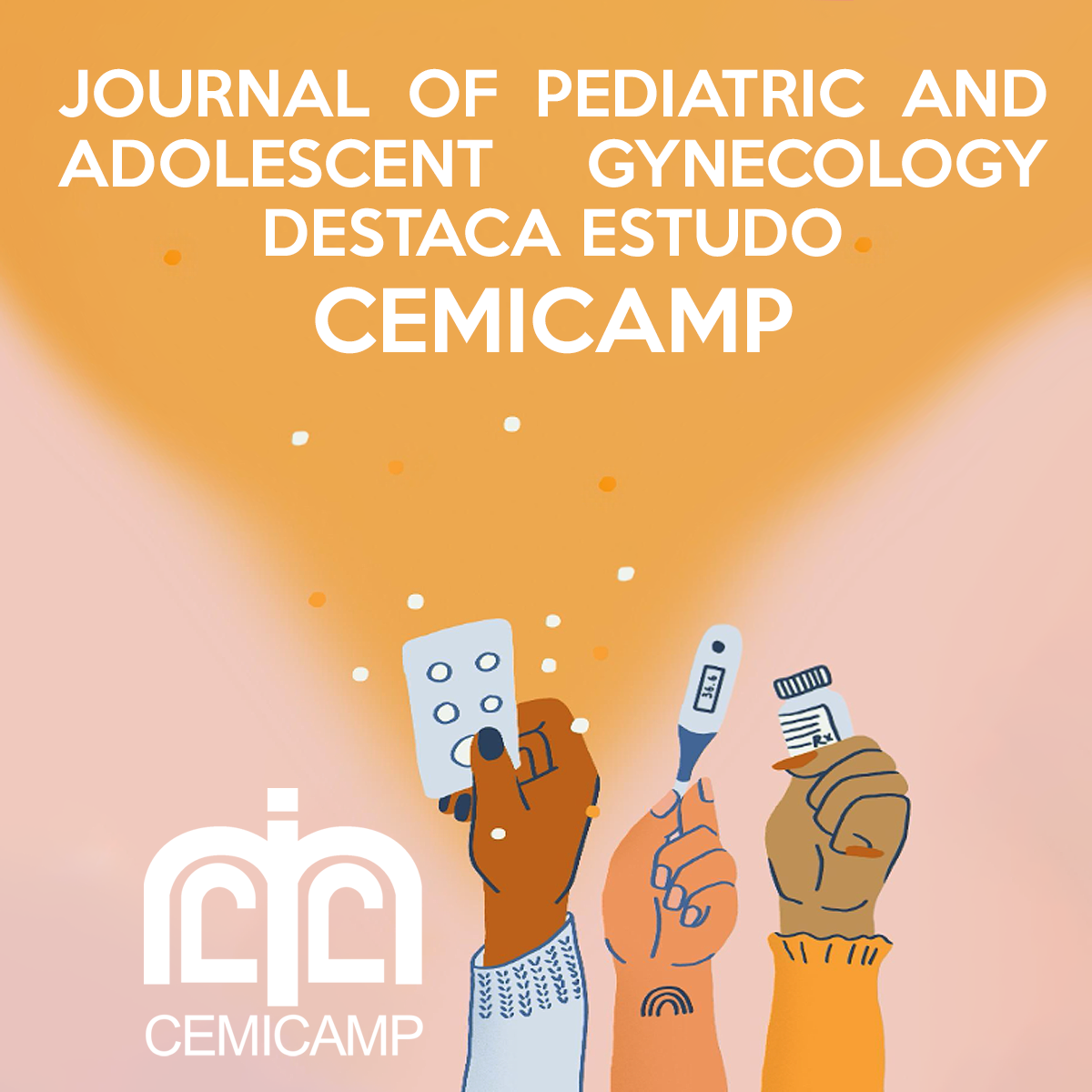
El editorial “Salud Sexual y Reproductiva en Estados Unidos, 2024: ¿Cómo votarás?” (traducción libre), de Paula J Adams Hillard MD (JPAG, Editora en Jefe), destaca la importancia crucial de las cuestiones relacionadas con la salud sexual y reproductiva en las elecciones de noviembre de 2024. Escrito después de las elecciones primarias en el estado de California, la autora enfatiza que, aunque algunas contiendas políticas aún están indefinidas, la elección para la presidencia no está tan reñida en gran parte del país, tanto para los candidatos demócratas como republicanos. La autora reconoce que la política puede ser un tema controvertido, incluso entre miembros de la misma familia, y que no todos asignan el mismo peso a todas las posiciones políticas de un candidato. Sin embargo, resalta que, en el contexto de las elecciones de 2024, la elección entre los candidatos es clara para quienes apoyan la salud sexual y reproductiva, la justicia reproductiva, así como el acceso a anticoncepción y aborto. Un punto clave abordado en el editorial es un estudio realizado en el Centro de Investigaciones en Salud Reproductiva de Campinas:
A recent study conducted by Bahamondes and colleagues in Brazil is shedding light on the efficacy and acceptance of intrauterine devices (IUDs) in adolescents. Recently published, the study is notable not only for its results but also for its innovative approach in an area of medicine that lacks randomized clinical trials: Pediatric and Adolescent Gynecology (PAG).
The study evaluated clinical performance, bleeding patterns, dysmenorrhea, and patient satisfaction with three types of IUDs: the copper IUD, the 52 mg levonorgestrel IUD, and the 19.5 mg levonorgestrel IUD in adolescents, with an average age of 17.9 years, 80.8% of whom were nulliparous. The results, although somewhat expected, provide valuable insights due to the randomized design of the study.
One of the main findings was the high continuation rate of all IUDs, which was 83%. However, continuation was slightly lower with the copper IUD compared to the hormonal IUDs. Additionally, the expulsion rate was higher for the copper IUDs, with 14.9 expulsions per 100 woman-years. The hormonal IUDs also showed advantages regarding menstrual bleeding and dysmenorrhea, with a significantly lower proportion of adolescents reporting these symptoms compared to the copper IUD.
A notable point was the high patient satisfaction rate, with an impressive 97.8% in the group receiving the highest dose of levonorgestrel. This suggests that, despite concerns or doubts some may have about the use of IUDs in adolescents, the vast majority are satisfied with their contraceptive choice.
or healthcare professionals and reproductive health advocates, this study provides strong support for the use of IUDs in adolescents, including those who have never been pregnant. Its significance extends beyond the Brazilian context, having global implications, especially at a time when access to safe and effective contraception is crucial for adolescent health.
While there are still challenges to address, such as education on contraception and access to healthcare services, the results of this study are a significant step in the right direction. They highlight the importance of evidence-based approaches in promoting adolescent sexual and reproductive health worldwide. With further research and increased awareness, we can continue to advance in protecting the reproductive rights of young women.









